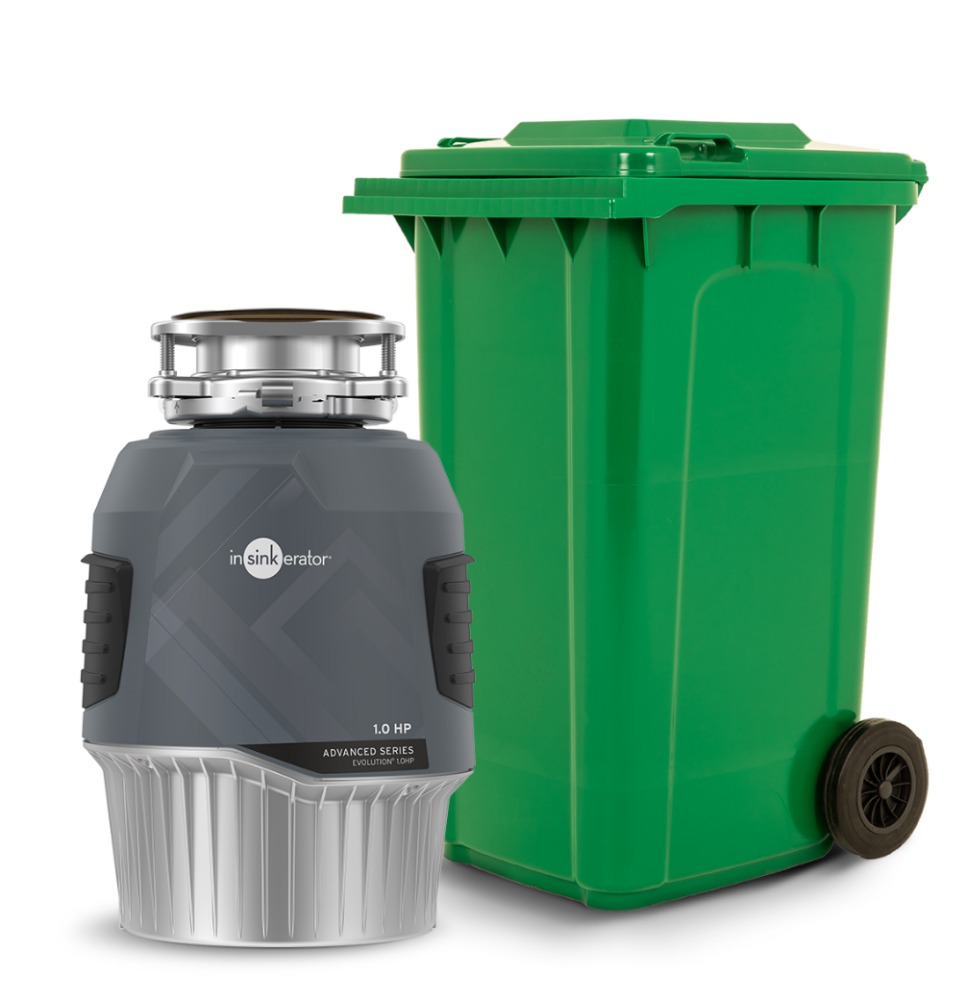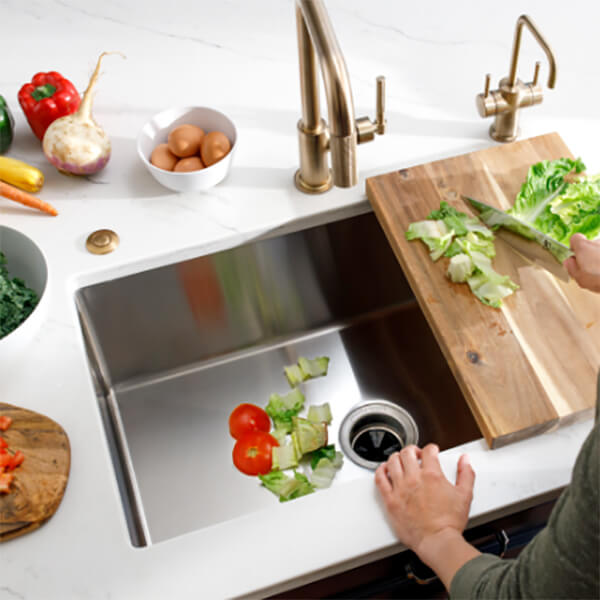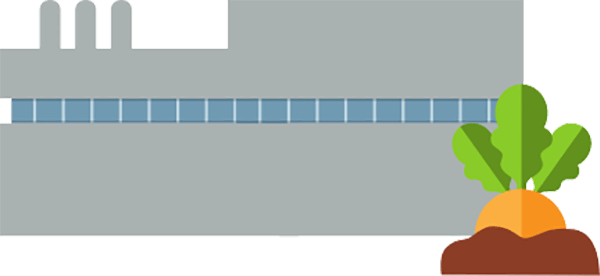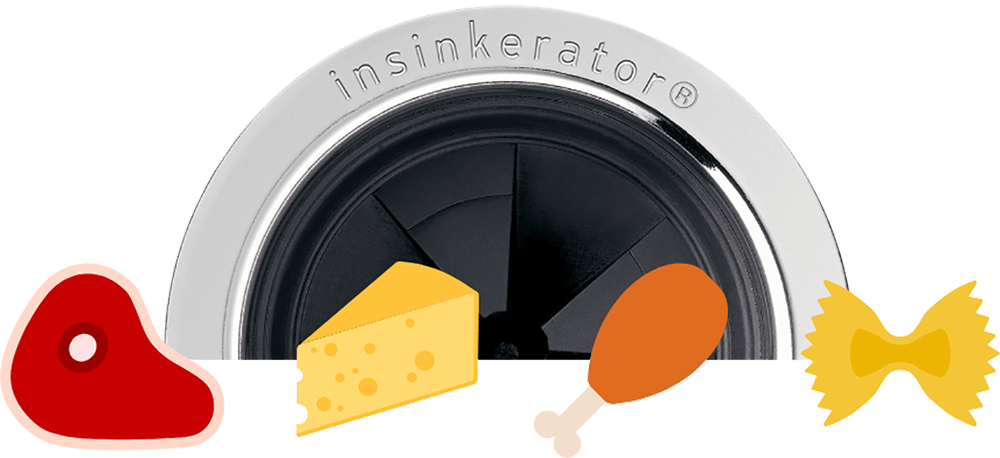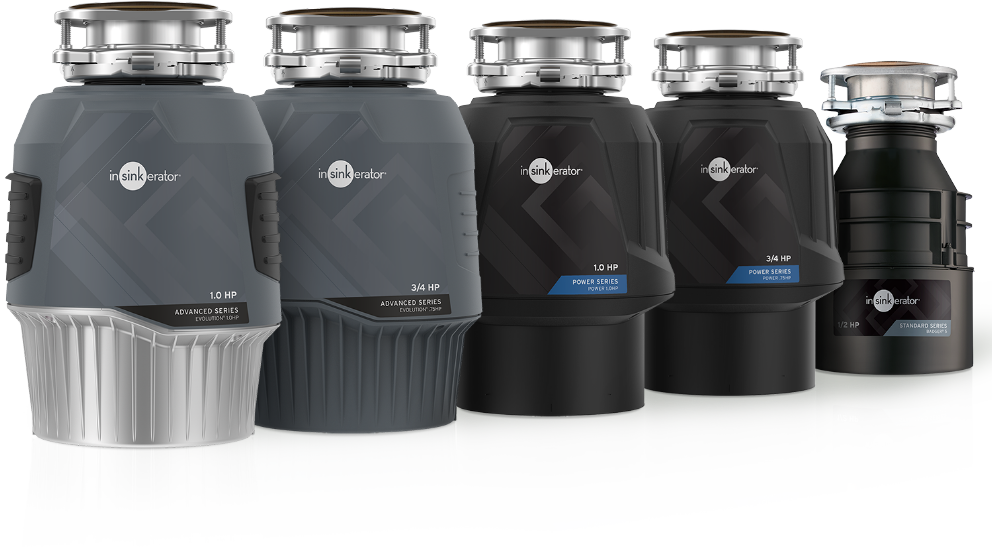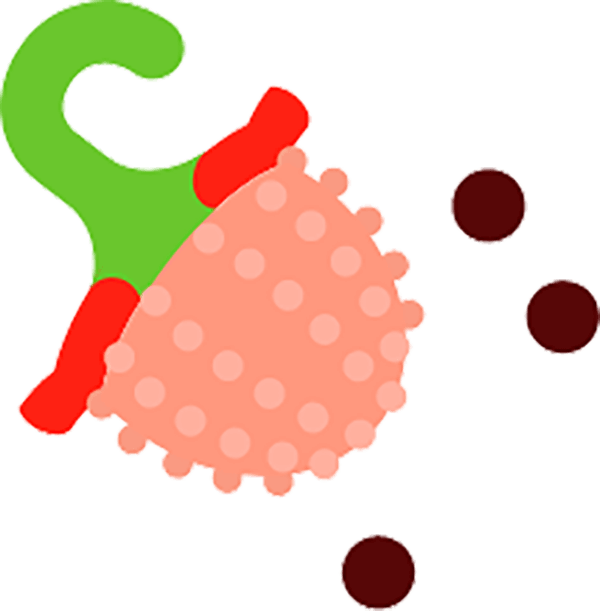By using our site, you acknowledge that you have read and understand our Privacy Policy.
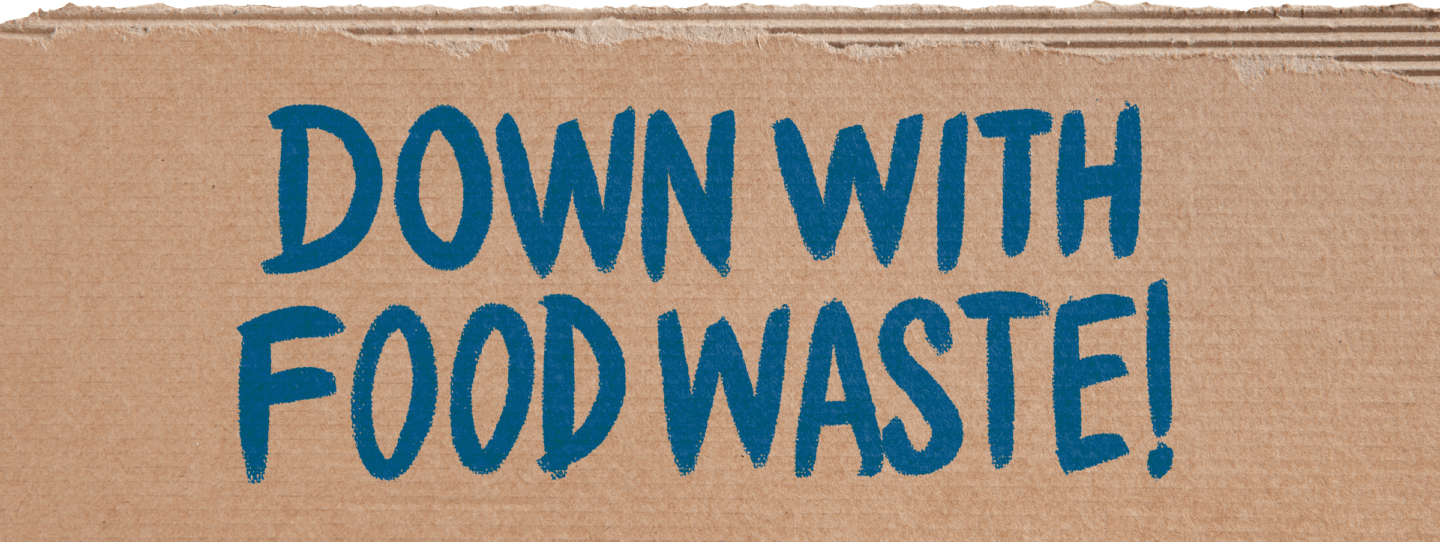
Let’s work together to keep food waste out of the landfill.
Every year, food waste contributes to 18% of total U.S. methane emissions that come from landfills.1 An average family of four produces about 600 pounds of food waste each year.2 You can help the environment by reducing the amount of food waste sent to landfills and slowing the impact of climate change.
1 U.S. Census Bureau, (2021, October, 21), National Population Totals and Components of Change: 2010-2019, “Monthly Population Estimates for the United States: April 1, 2010 to December 1, 2020 (NA-EST2019-01)
2 U.S. EPA, (2023, April), 2019 Wasted Food Report, “Estimates of generation and management of wasted food in the United States in 2019”
The disposal grinds food waste into fine particles.
InSinkErator® garbage disposals are designed to grind most types of food waste. The fine particles flow downstream to a wastewater treatment facility. Prior to treatment, foodwaste is 60-95% water1. After treatment, about 7% of food waste remains as biosolids2.
1“Characterization of typical household food wastes from disposers: Fractionation of constituents and implications for resource recovery at wastewater treatment” - Bioresource Technology 183, 2015
2PE Americas, Life Cycle Assessment, 2011

